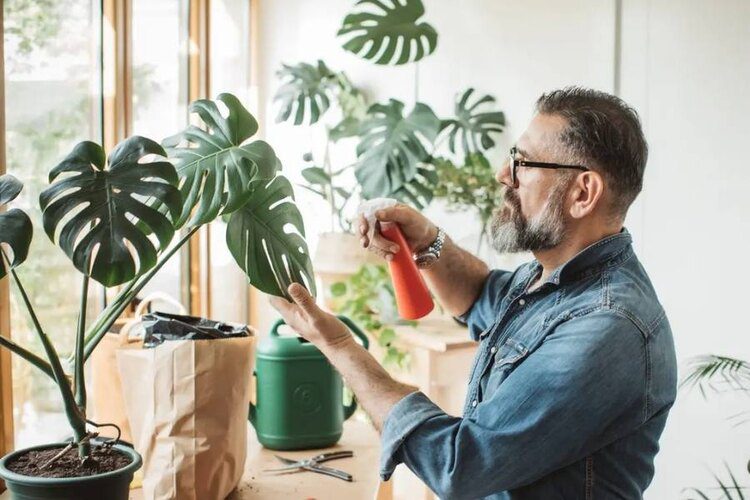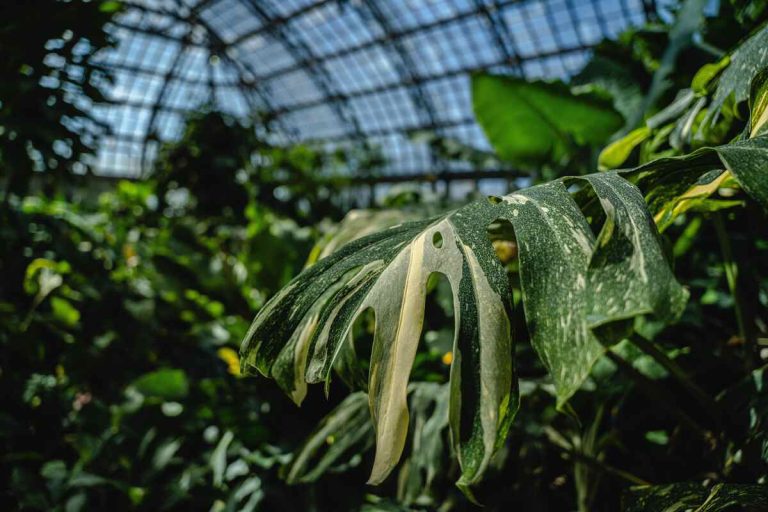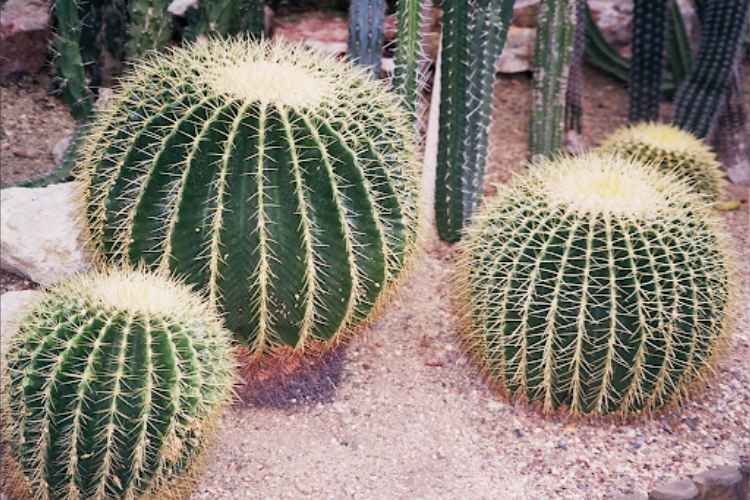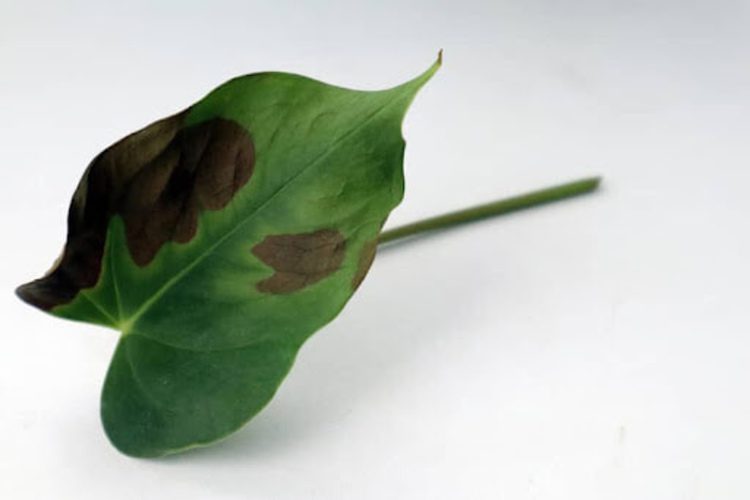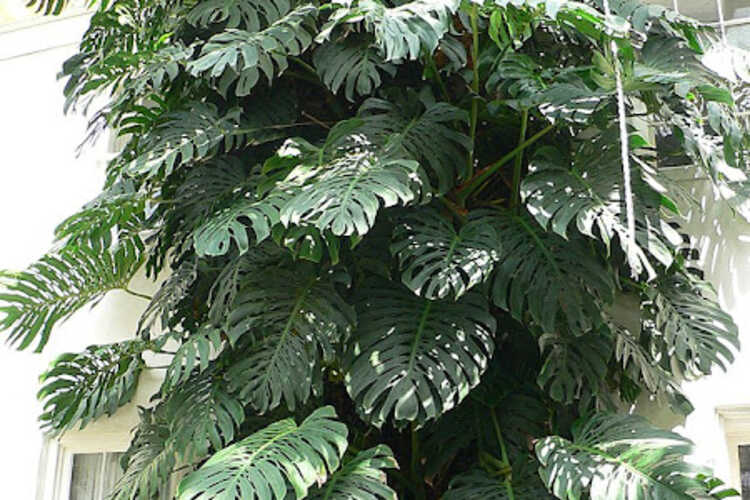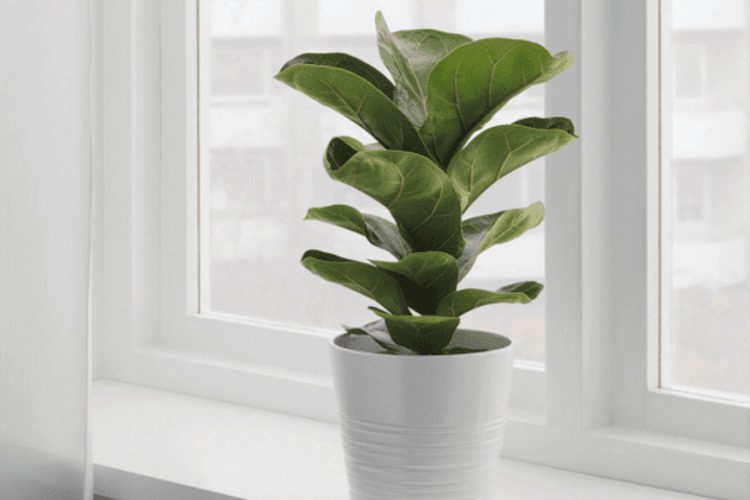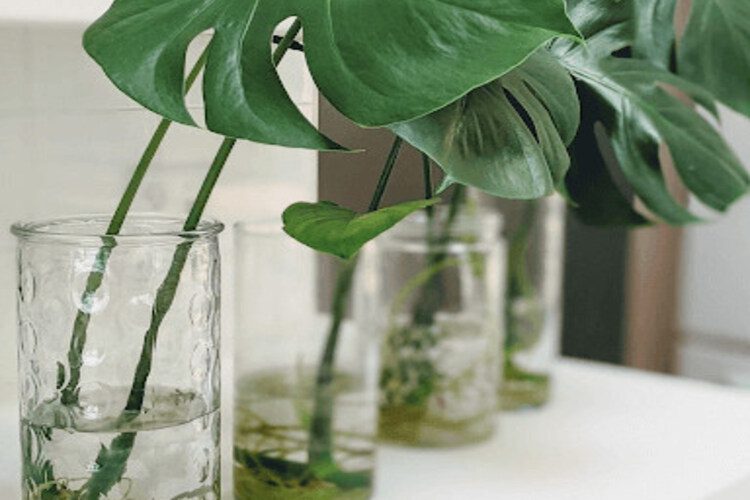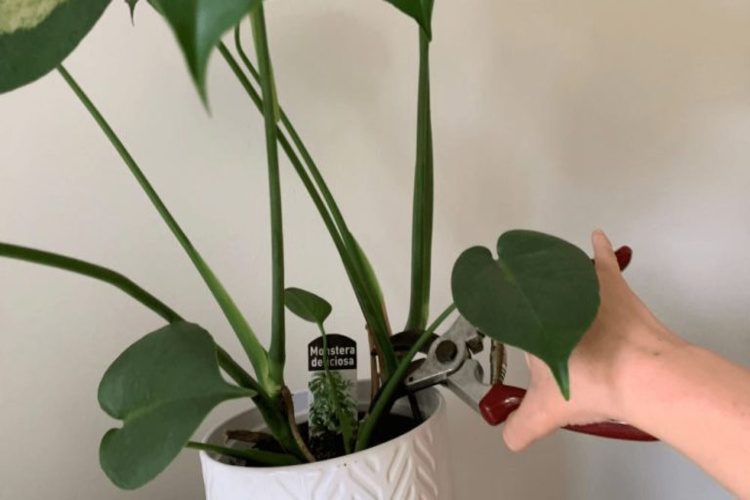Do Snake Plants Need Drainage Holes? Main Reasons & Explains
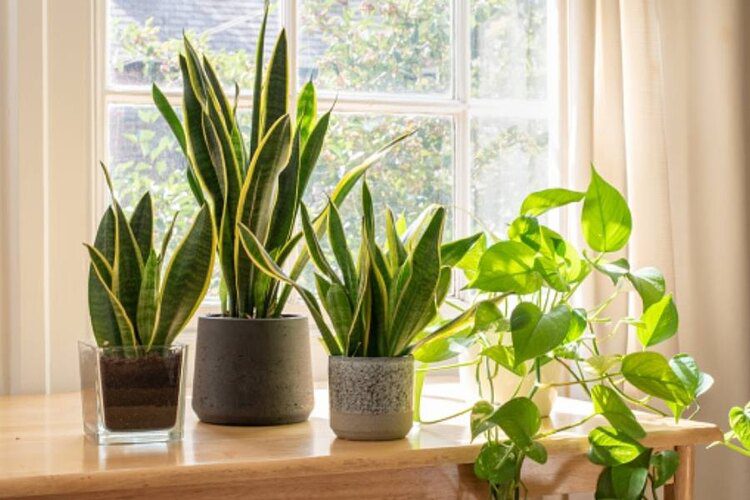
Do snake plants need drainage holes? Snake plants are often thought of as indestructible, but it’s important to know the risks. If your Snake Plant roots rot, then there is no going back. If you don’t have drainage holes in your pot, be careful not to overwater the plant, as this will cause its roots to rot. Snake plants are easy to care for and require only a minimum amount of water.
But making sure they stay healthy means ensuring that their soil doesn’t get too wet or dry; otherwise, the roots will rot from excess moisture (or lack thereof). To make sure your snake plant is happy and growing well, follow these tips on how to best care for it.
Signs Of An Unhealthy Snake Plant
Yellowing Or Browning Leaves
If your favorite plant is starting to show signs of illness, The leaves could be turning yellow or brown. It could be suffering from a bacterial infection.
Soil That Smells Bad
If you notice an unpleasant odor coming from the base of your plant, there is a high chance that it has fungal infections. If the roots feel mushy and soggy instead of firm and plump when touched, this will confirm evidence of what type of infection they may have in their root system.
The common infection is root rot. It’s caused by overwatering, but you can easily solve this problem with just a little bit of effort! First, make sure that your soil isn’t too wet; remove any excess water from around the base (or pot) before adding fresh mix in its place. Don’t forget about fertilizer if needed during the rehabilitation process as well.
Deteriorating Or Wilting Leaves
Healthy-looking snake plant leaves will be dark green in color with a glossy sheen. They should stand upright on the stem without any wilting or corner curling. A healthy-looking leaf also has narrow margins that radiate outward from the central vein(s). Wilted plants may also have yellowing edges due to chlorosis (also known as silver tongue).
The Plant Isn’t Growing
Though not the fastest-growing indoor plants, you should still notice growth every few months of a snake plant’s life. If its leaves appear unusually small for an extended period or if they’re getting spots on them, then this could mean that it needs some TLC.
Do Snake Plants Need Drainage Holes?
Yes, snake plants need drainage holes. If you are unsure if your pot has dilemmas, turn it over and look for small spots near the bottom. Wet spots are necessary to allow excess water to escape and prevent the tree from retaining moisture, leading to root rot.
You can drill some holes or use a different pot if there are no wet spots. Snake trees tolerate many potting mix types but do best in a well-draining mix. If you are unsure if your potting mix is well-draining, you can add some extra perlite or sand to help improve dampness.
Be sure to moisturize your snake tree only when the soil is dry to the touch, as too much dampness can lead to root rot. When potting or repotting a tree, use a pot that is only one size larger than the current pot.
These plants do not need a lot of room to grow, and too large of a pot can lead to problems with watering and wetting. Moisten your tree only when the soil is dry to the touch, and be sure to provide bright, indirect light. Choose a pot with wet pits, and use a well-draining potting mix.
Do snake plants need drainage holes? Here are reasons why snake plants need drain holes:
Prevent Accumulating and Rotting Roots
The first and most obvious reason plants need drain holes is to prevent water from accumulating in the pot and causing the roots to rot. If water can’t drain out of the snake plant drainage, it will just sit there and start to decay the roots, eventually killing the tree. It is because of this that these spots are so important.
With these spots, water can flow out of the pot and not sit there, keeping the roots healthy and preventing them from rotting. Because these spots will help keep the roots healthy, they are so important.
Prevent Waterlogged Soil
Another reason snake plants need drainage pits is to prevent the soil from becoming waterlogged. The soil will compact and suffocate the plant’s roots if it becomes waterlogged. It can lead to root rot, which can kill the tree. Because of this, you should always ensure that your pot has wet spots.
If you cannot find a pot with drainage holes, you can drill pits into the bottom of the pot yourself. Make sure to use a drill bit the same size or slightly smaller than the diameter of the holes you need. Drill several spots around the bottom of the pot to ensure adequate wetness.
Waterlogged soil can cause the tree to become stressed and produce fewer leaves. It is because of this that wet pits are so important. They will allow water to drain out of the pot and not sit in the soil, preventing it from becoming waterlogged.
Keeps Plants Healthier
Drainage holes are so important because they keep the tree healthier. These spots allow water to drain out of the pot and help keep the tree healthy. If water can’t drain out of the pot, it will start to accumulate and create an environment conducive to fungal growth. It can lead to different diseases that affect the plant’s health.
Not only does it help to keep the plant healthy, but it also allows for the aeration of the roots. It is important because it helps the roots breathe and takes in nutrients. When the roots cannot breathe, they will start to rot, leading to the tree’s death.
Prevent Overwatering
The next reason is to prevent overwatering. Overwatering is one of the most common ways that people kill their plants, and it is because they don’t have proper water.
When a plant’s roots sit in water, they will start to rot. It will kill the plant. Snake plants are especially susceptible to overwatering because they are native to arid environments. To prevent overwatering, ensure you only water your plant when the soil is dry. Stick your finger into the soil to check before watering.
If the soil is still moist, wait another day or two before watering again. It is better to underwater a plant than to overwater it. But if you have wet holes, the excess water will drain out, and your plant will be fine.
Improve Air Circulation
Another reason why these plants need drain holes is that they help improve air circulation. If your plant’s roots are constantly wet, they will start to rot. But if you have drainage holes, the water will be able to drain out, and the roots will be able to dry out. It will improve air circulation and prevent the roots from rotting.
It means that the plant can breathe and stay healthy. It improves air circulation by allowing oxygen to reach the plant’s roots. It also helps prevent the roots from rotting by allowing water to drain. Moreover, it helps the plant absorb nutrients from the soil more efficiently.
Provide A Well-Draining Potting Mix
One more reason snake plants need drain holes is that they help provide a well-draining potting mix. It means that the mix should drain quickly and not hold on to water. If you want your snake plant to be healthy, you must ensure that it has a well-draining potting mix. There are a few things that you can add to your potting mix to make sure that it drains well.
One is to add perlite. Perlite is a lightweight material that helps improve wetness. Another option is to add pumice. Pumice is a volcanic rock that has lots of air pockets. It also helps improve drainage. You can also make your potting mix by mixing equal parts of perlite, sand, and vermiculite. This mix will drain quickly and not hold on to water.
Conclusion
To sum up, do snake plants need drainage holes? Yes, they do. It is important to have drainage holes in snake plants so that water can escape and prevent root rot. If you do not have drainage holes, then be sure to water your snake plant sparingly. Also, ensure that the pot you use has a hole at the bottom so the water can drain. You now know how to take care of your new plant properly. Make sure you follow these instructions and guidelines, as they will ensure that it remains healthy.
FAQs
Related posts:


